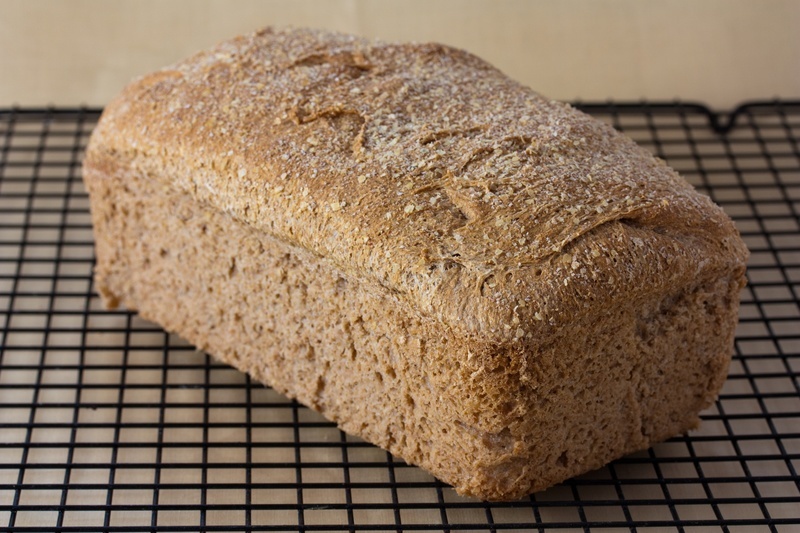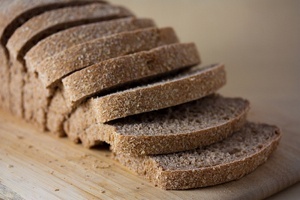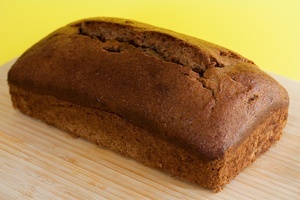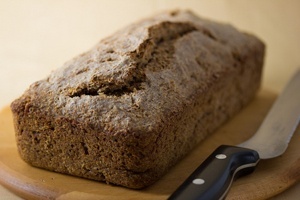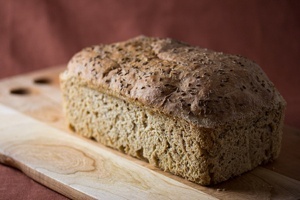Veganbaking.net
Vegan Baking Recipes
Vegan Bread Recipes
Vegan Enriched Bread Recipes
Vegan Yeasted Enriched Bread Recipes
Vegan No Knead Whole Wheat Sandwich Bread
Vegan No Knead Whole Wheat Sandwich Bread
38
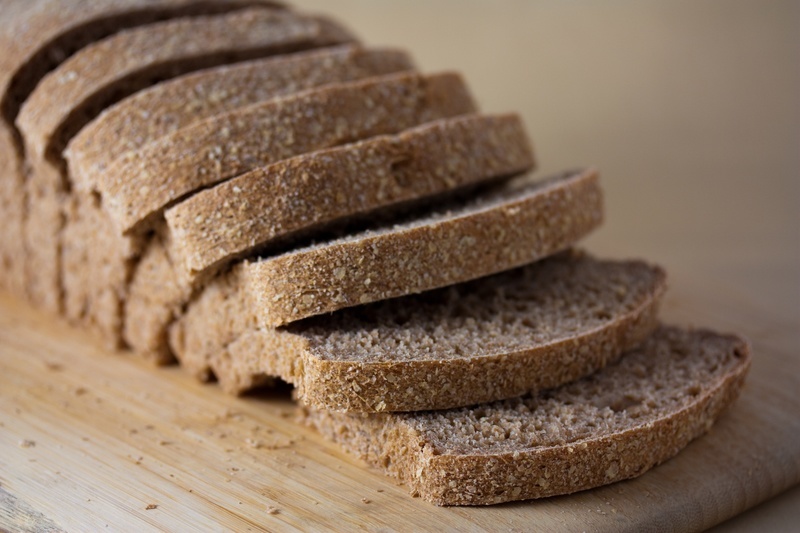
This Vegan No Knead Whole Wheat Sandwich Bread is now my go-to vegan bread recipe because it's simple to make and is a great example of how wet doughs can create wonderfully light and spongy breads. The higher water content allows the gliadin and glutenin in the flour to align into tight gluten bonds over time so you can forget about all that kneading drama. The result is a fluffy, chewy loaf that's perfect for sandwiches. Feel free to use this bread as a starting point and substitute a ½ cup of the flour for things like wheat germ, wheat bran or oat bran. It's important to note that due to the wetness of this dough it's only suitable for baking in a loaf pan.
Find more Whole wheat recipes on Veganbaking.net
Vegan No Knead Whole Wheat Sandwich Bread Recipe
2 cups warm water2 Tablespoons maple syrup or agave syrup
1 ½ teaspoons active dry yeast
3 ½ cups whole wheat flour
1 ¼ teaspoons salt
1) Mix the wet ingredients and activate the yeast
In a small mixing bowl, whisk together the warm water, maple syrup and yeast. Let it sit for about 10 minutes so the yeast activates.2) Whisk together the dry ingredients
In a large mixing bowl, whisk together the whole wheat flour and salt.3) Mix the dough
Add the wet ingredients to the bowl containing the dry ingredients and vigorously mix with a wooden spoon in a circular motion for 1 minute. Cover the bowl with a plastic bag and let it rise in a warm place until doubled in size, about 1 ½ hours.The benefits of a cold dough fermentation
Alternatively, place the covered bowl in the refrigerator for a cold rest for about 12 to 24 hours. This method will produce more flavor because amylase enzymes in the flour will break out more sugars from the starches more effectively at lower temperatures. If you choose to use this method, factor in about a couple additional hours of extra time until the dough doubles in size. Typically after a cold rest, I leave my dough out at room temperature for about 4 hours until it doubles in size, depending on how hot my kitchen is. Since the dough will be cold, the yeast will be in a near dormant state and it will take time for everything to warm back up to room temperature to activate the yeast again. Feel free to let the dough rest in the refrigerator for some of the time and rise outside of the refrigerator the rest of the time; we want our dough to double in size regardless of whether it spends a full 24 hours in the refrigerator or rises at room temperature.The great thing about the cold rest method is that if you want to make the dough ahead of time, or break up your bread baking into more manageable time frames, this method will allow you to do this as well as produce better tasting bread. It's a win-win!
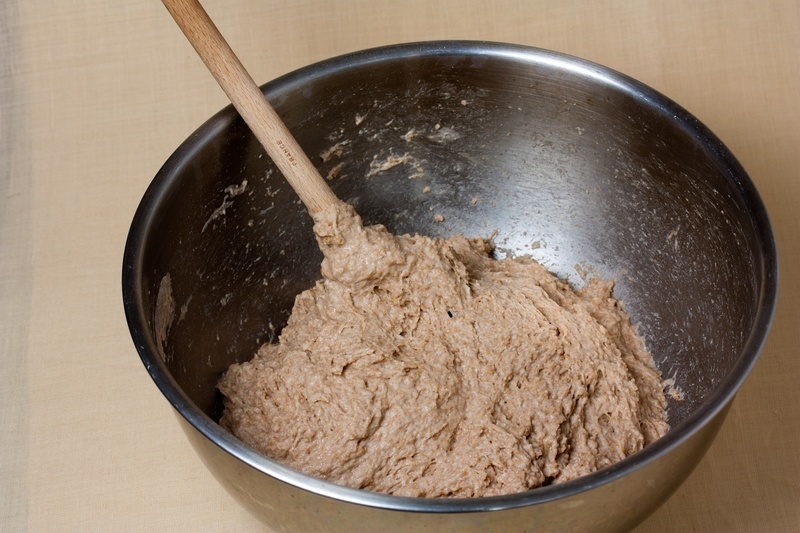

4) Mix the dough again briefly then allow it to rise again
Vigorously mix the dough again with the wooden spoon for 30 seconds and allow it to rise once more, covered, at room temperature until doubled in size, about 1 ½ hours.
5) Proof your dough
Preheat your oven to 350F (177C). Stir the dough one last time for 30 seconds to degass it. The dough can now be proofed by gently forming it into a lightly oiled loaf pan and allowed to sit covered with a plastic bag until it reaches about 80% to 90% of it's intended size, which should be about 40 minutes. The proofing stage is where the dough takes most of it's shape. It's important to leave room under the plastic bag so the dough can rise sufficiently.6) Bake the vegan bread to perfection
Remove the plastic bag so the dough can rest for about 10 minutes. Due to the high water content in the dough it may begin to spill over the sides of the loaf pan. In this case, take the edges of the dough and stretch it over the loaf to the other side, working your way around the perimeter of the loaf pan as you go. Stretching the dough over itself will also help keep the loaf in its proper shape as it bakes. Lightly dust the top of the loaf with wheat germ, wheat bran or oat bran.During baking, the dough will rise another 10% to 20% of it's intended size in the process known as oven spring. Bake until the internal temperature of the bread registers 180-190F (82-88C) when read by an instant-read thermometer. This should be about 45 minutes. Rotate the loaf 180 degrees in the oven halfway through the baking duration for even baking.
7) Allow the bread to cool slightly before removing it from the loaf pan
Remove the bread from the loaf pan after about 30 minutes and allow to cool on a wire rack until it's cooled to room temperature. This bread is best stored covered in a cool dark place or pre-sliced and stored in a plastic freezer bag in the freezer. This recipe makes one loaf of Vegan No Knead Whole Wheat Sandwich Bread.